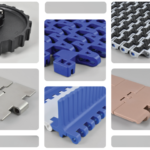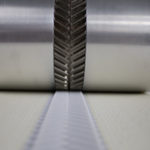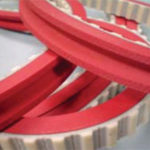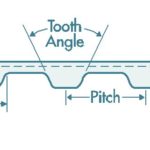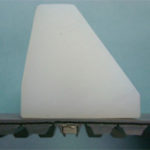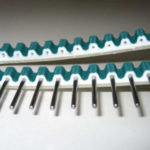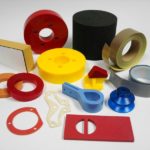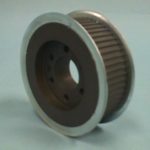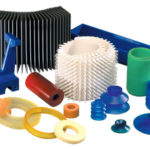Globax news
Blog
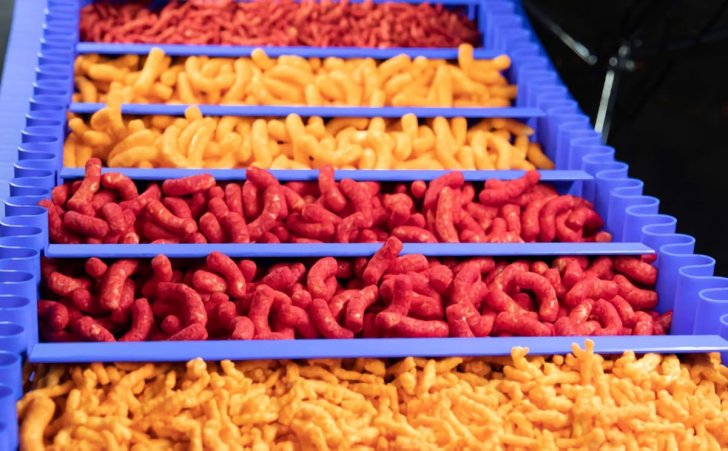
Food Processing: Choosing the Right Conveyor Belt Material
Belt materials may look similar in their raw form, but they can have completely different compositions. This one is high among those critical choices that can make or break your plant’s productivity. Seriously. No food manufacturer can effectively optimize a plant’s conveyors without taking a hard look at which belt material should be used in a given area.
And be honest. Don’t you just want your belts to run properly and not have to worry about them? The consequences of making a poor selection can include belt breakages, unscheduled downtime, lower yield, higher costs, material degradation, and foreign material contamination.
To avoid some or all the above, food processors and equipment manufacturers must choose belt materials wisely. How? To find out, they asked the experts who develop, test and recommend belt materials for their food business customers.
What are the key factors in choosing the right conveyor belt material?
Application
Does the belt need to withstand heavy impacts? What about temperatures, which can range from frying to freezing? Will the belt be submerged in a dip tank? Examine your specific application and determine what the belt will be put through at that point in the processing line. Doing so can help answer a lot of critical questions about which material is best.
Drew Downer, Intralox ThermoDrive Mechanical Engineer:
“Potato processing plants, for example, are a unique environment where it’s crucial to focus on the specifics of the application.”
Raw product could come into the plant with sand or dirt on it from outside. Coming from the peeler, potatoes give off starch that’s put into the application. The product may go through a bath of boiling oil, and eventually get covered with seasonings and spices. Each application brings different temperature, physical, and chemical considerations.
Drew Downer:
“The belt material you choose must be tailored to withstand the impacts associated with each application. Ask yourself, what’s unique about this specific application that’s different from other areas of the plant?”
Environment
Sometimes, the answer is obvious. (Don’t put belts that are known to be flammable near hot stuff!) Besides ovens, there are numerous environmental factors inside a food plant to consider.
Read more: Food Processing: Choosing the Right Conveyor Belt Material
